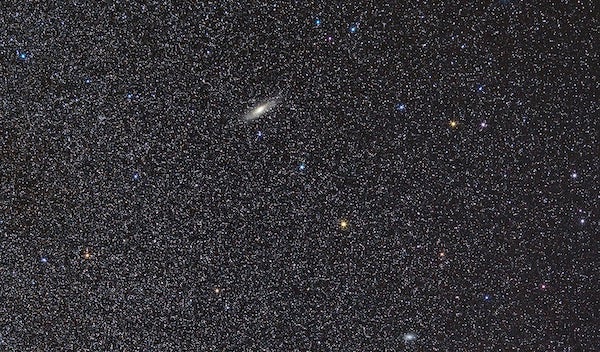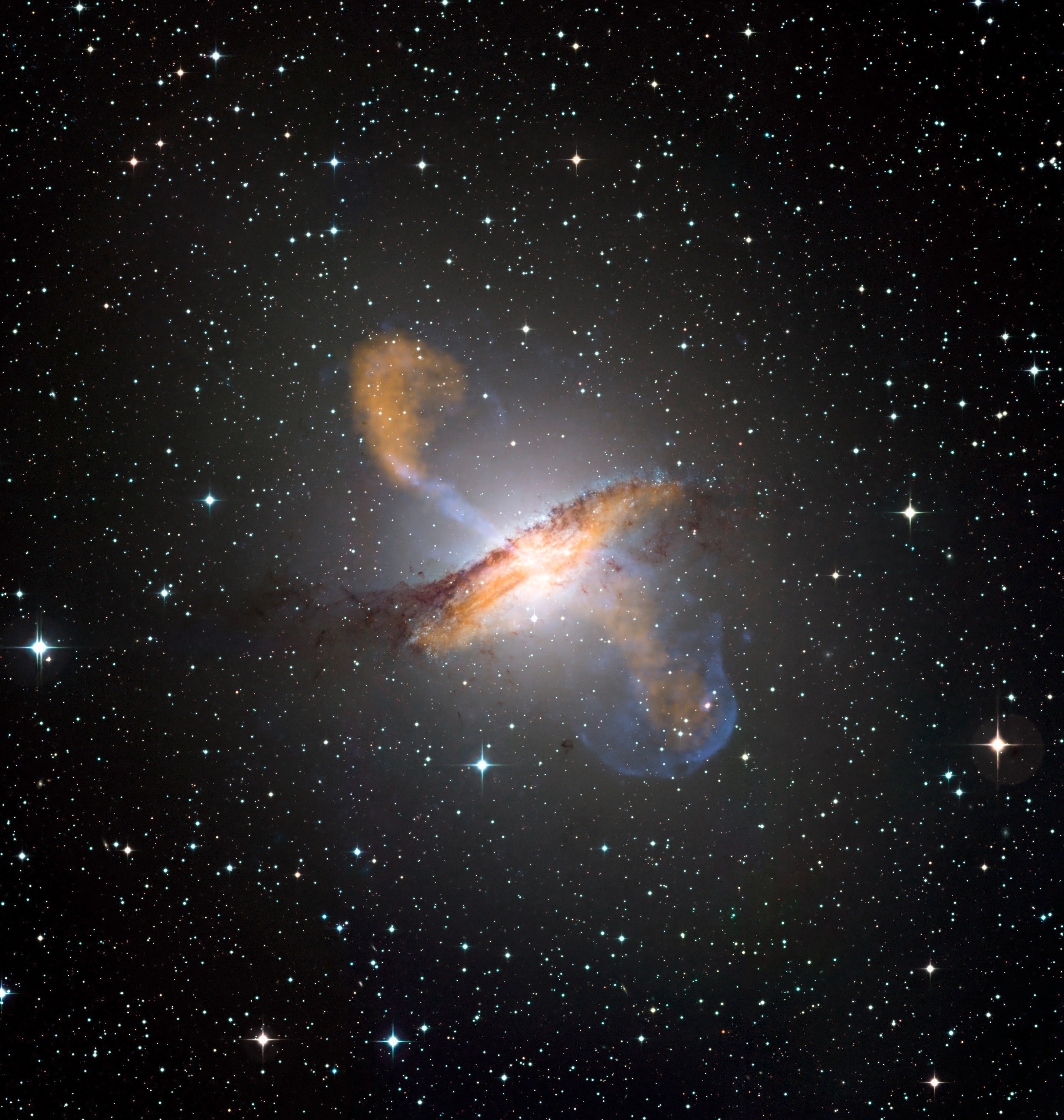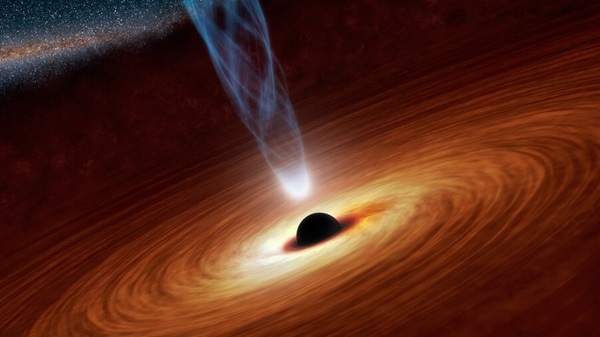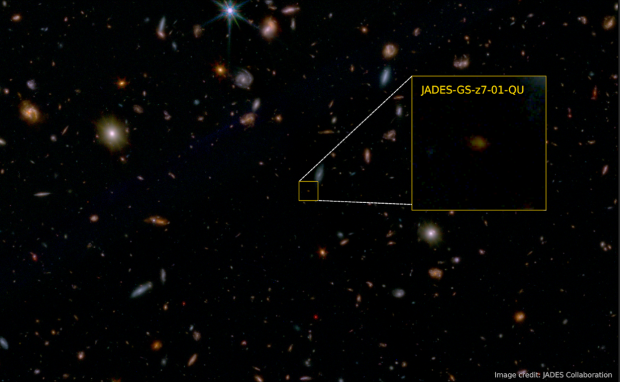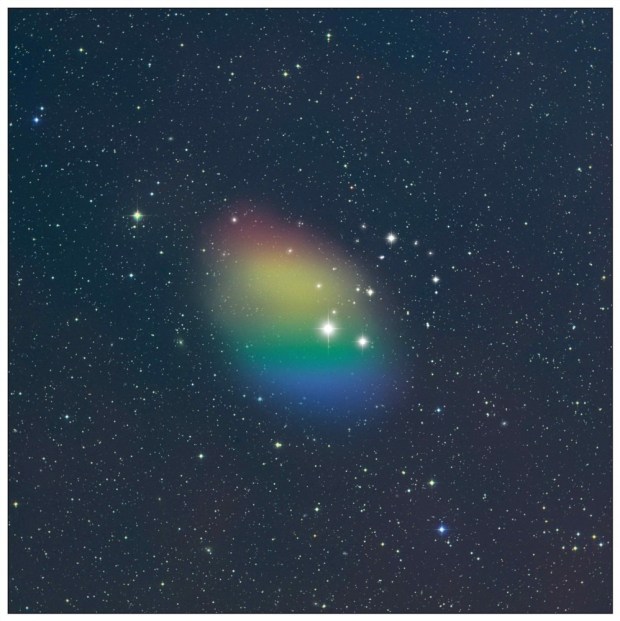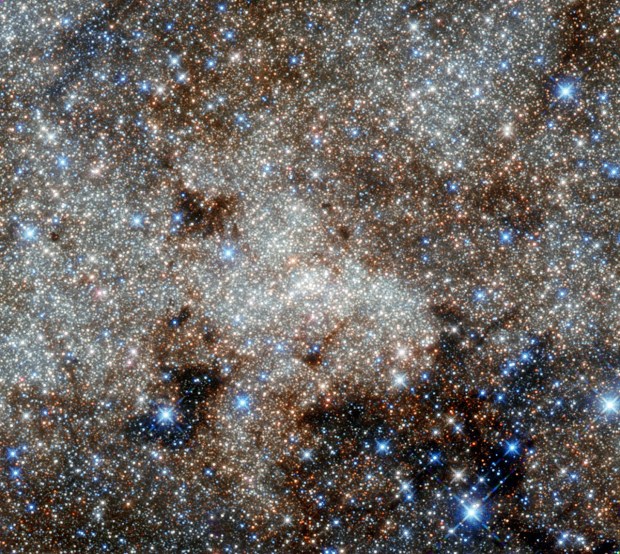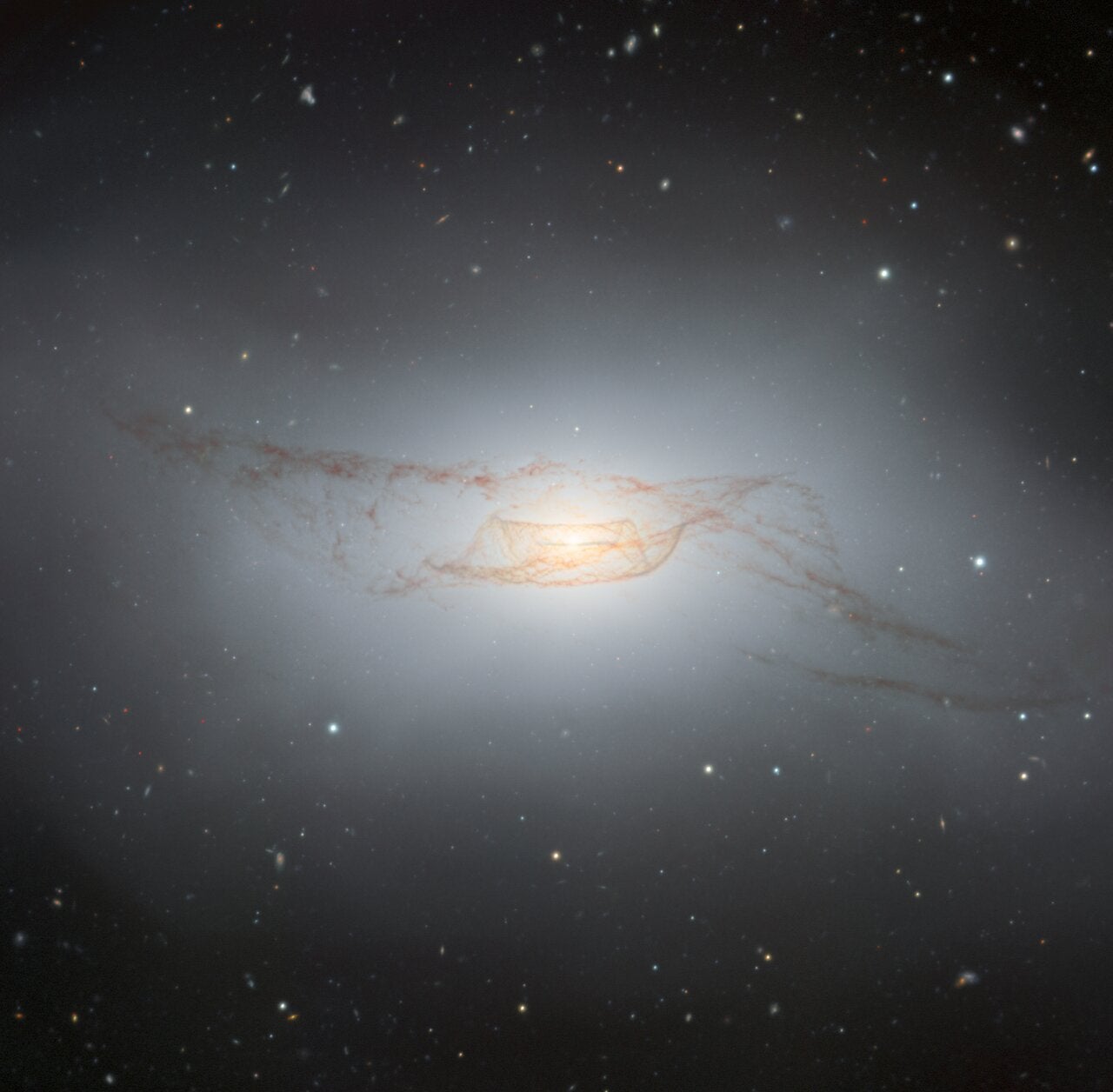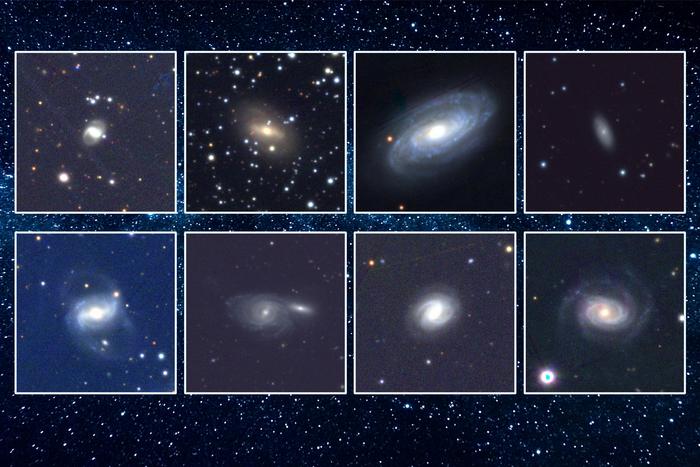The Andromeda Galaxy is visible without any optical aid, given a dark sky. That’s why crediting its initial discovery is impossible: The sharp eyes that first noticed its blurry disk are lost to history. We do know that the first person who wrote of its existence was the Persian astronomer Abd al-Rahman al-Sufi. He noted it as simply a “small cloud” in his Book of Fixed Stars (A.D. 964).
That brief description was long forgotten when German astronomer Simon Marius spotted Andromeda through his small refractor in 1612, just a few short years after the telescope’s invention. His account was a little more descriptive. To him, the sight appeared “like a candle flame seen through [a] transparent horn [lantern]; glimmering rays which are brighter closer to the center.”
It’s possible that observers have taken Andromeda for granted. Have you ever really looked at the Andromeda Galaxy? Have you ever really studied its intricacies? That’s what we are going to do this month. Credit to reader Steve Wolfanger for proposing this topic and giving me a reason to take a long-overdue deep dive into M31. Wolfanger is involved at the Community Observatory in Placerville, California, where visitors enjoy guided tours of the universe. One of his favorite stops this time of year is Andromeda.
M31 is a spiral galaxy more massive than our Milky Way. It is inclined only 12.5° from our perspective, giving it a long, thin profile. Even through modest 7×35 binoculars, observers notice the bright galactic core surrounded by the dim glow of the spiral disk. At 2.5 million light-years away, the Andromeda Galaxy is the closest major galaxy to our own Milky Way and the farthest object that most can see with the naked eye.
My first encounter with M31 was also through 7×35 binoculars. With those, al-Sufi’s small oval cloud stands out nicely among the surrounding foreground stars. To find it, first trace out the distended V shape of the constellation Andromeda. Travel along the eastern side of the V from its origin at pure white Alpheratz (Alpha [α] Andromedae) and pause at golden Mirach (Beta [β] Andromedae). From here, take a hard turn to the northwest, toward the faint naked-eye star Mu (μ) Andromedae about half a field of view away. Another half a field farther northwest lies Nu (ν) Andromedae, which is fainter still. Once at Nu, you’re home — M31 lies just 1.5° west of the star.
Moving up a notch, my 10x50s add to the galaxy’s girth as well as the prominence of its central core. Under dark skies, Andromeda’s disk extends for an amazing 3° — six Full Moons stacked side by side. The trick to seeing the full span is to sweep slowly across its major axis from northeast to southwest. That’s because our eyes are better at detecting faint, diffuse objects that are in motion rather than lying static.
The larger aperture and higher magnification also help to accentuate M31’s two most prominent companion galaxies, M32 and NGC 205. The smaller and brighter of the pair, M32, lies less than half a degree south of the heart of Andromeda. At 10x, it looks like a slightly bloated 8th-magnitude star.
The second companion in view, NGC 205, is also listed as 8th magnitude, but appears far fainter. That’s because its light is spread over an area more than twice as large as its more compact cohort. While M32 is reasonably obvious in my 10x50s from my suburban backyard, NGC 205 is not. On clearer-than-usual nights, I can spot it using averted vision, but otherwise, it is reserved for darker skies or larger binoculars. NGC 205 is a regular sight in my tripod-secured 16×70 binoculars even with less-than-ideal conditions.
Have a suggestion for a future column? Do as Wolfanger did and contact me through my website, philharrington.net. Until next month, remember that two eyes are better than one.

